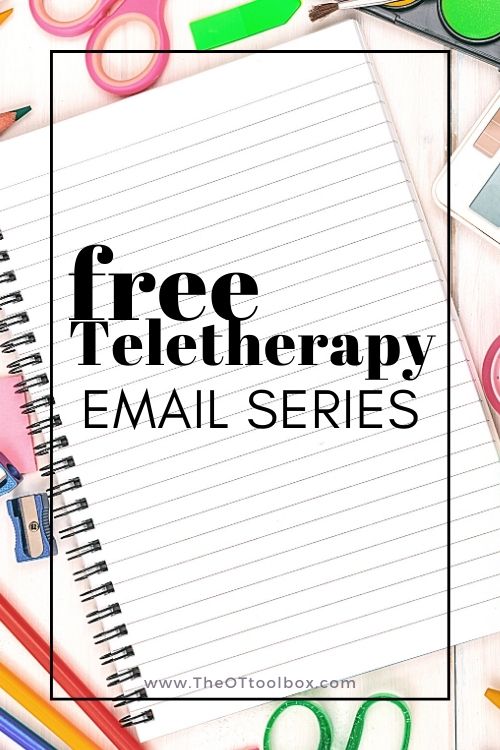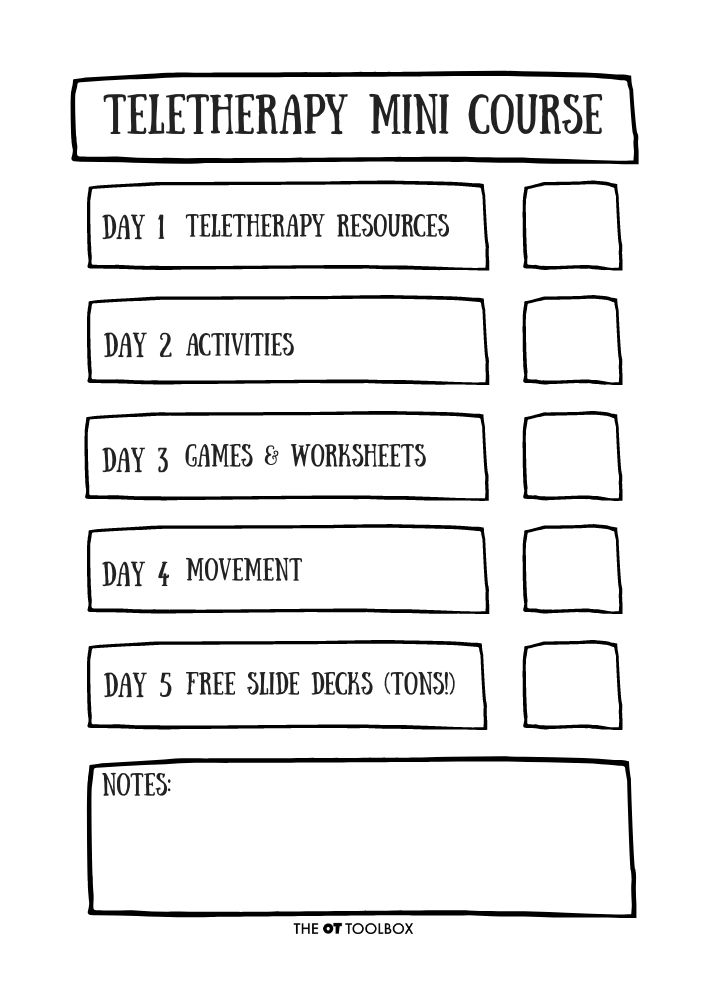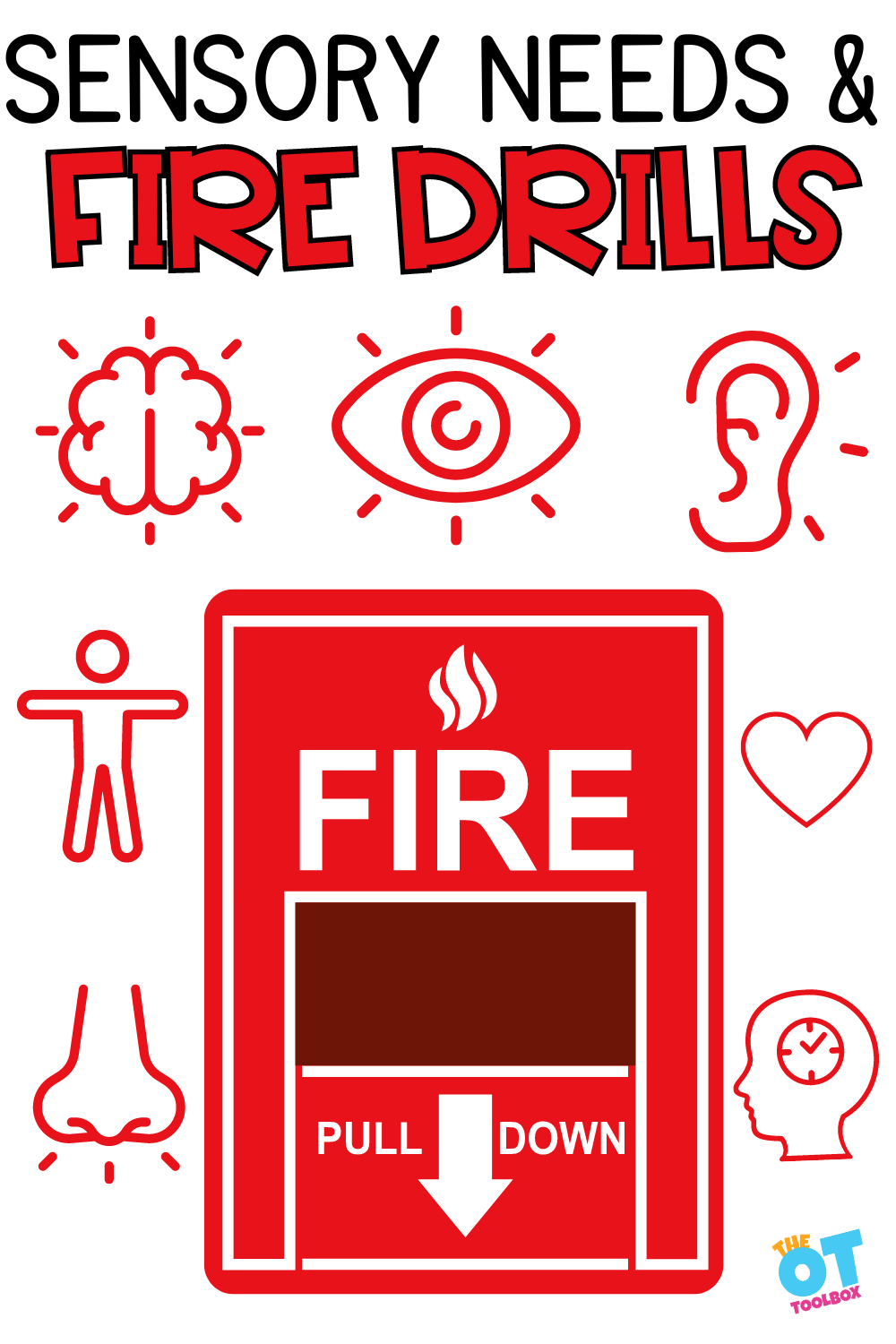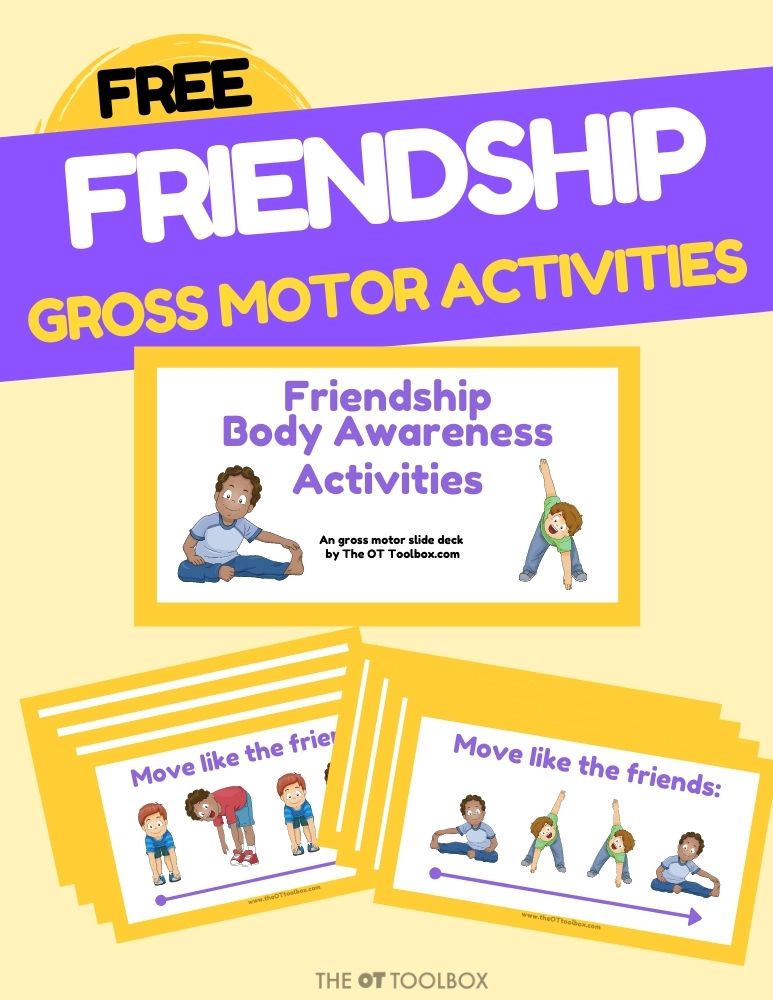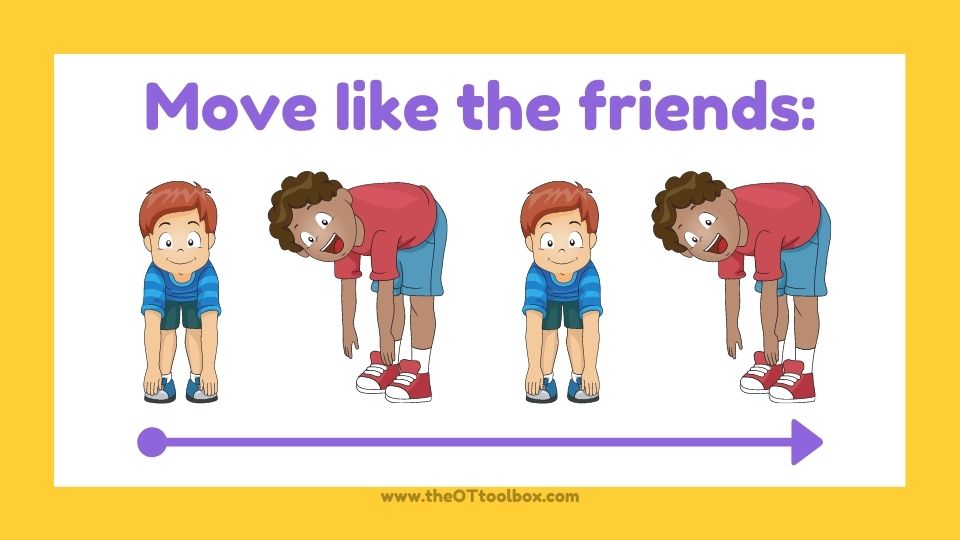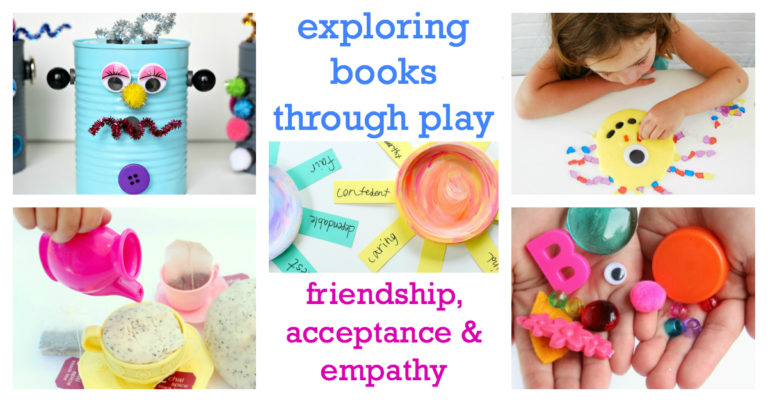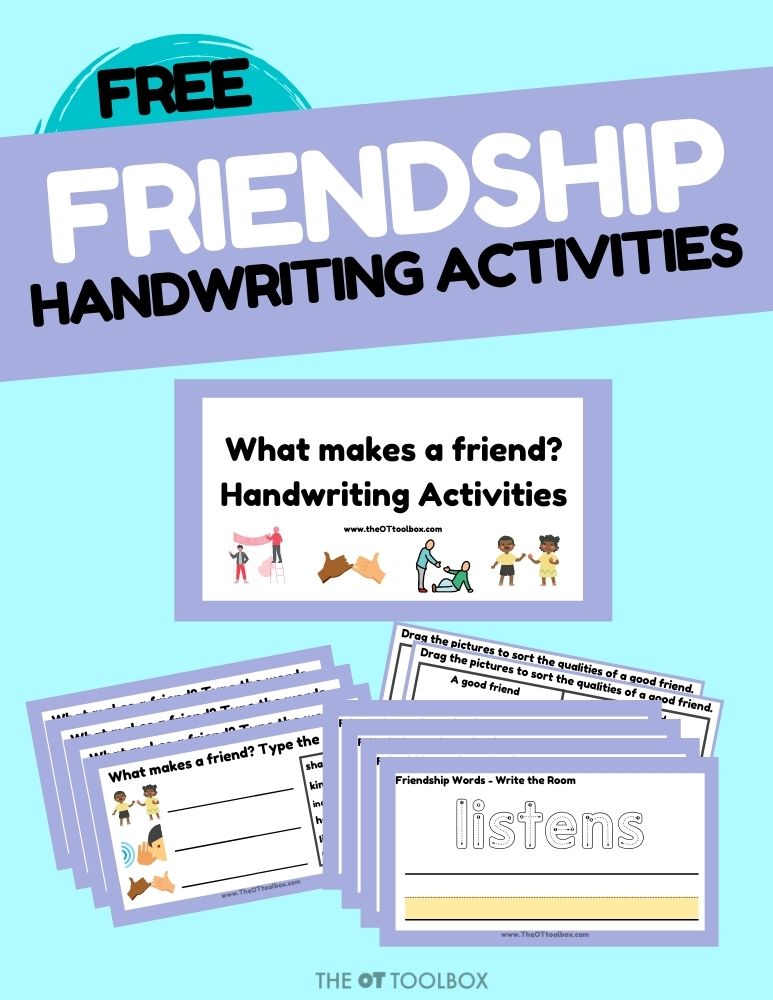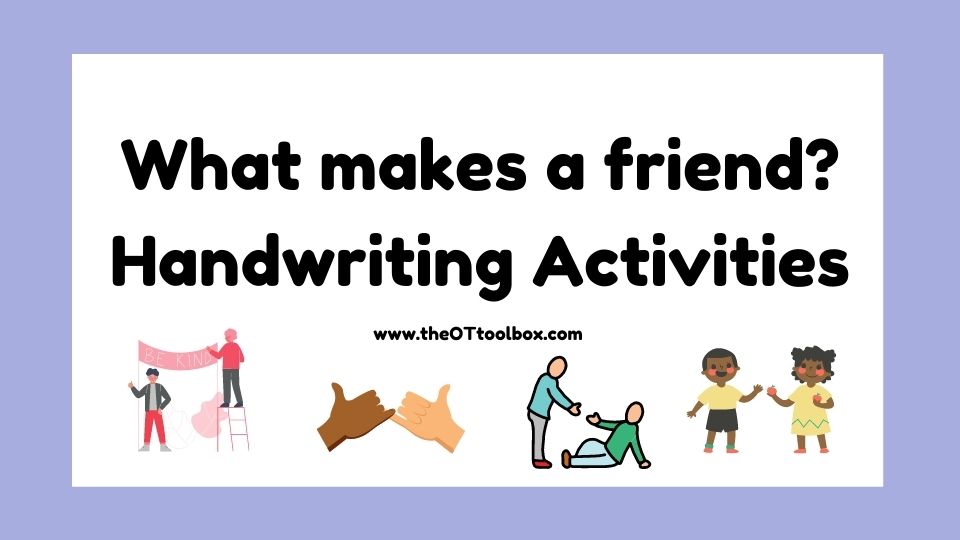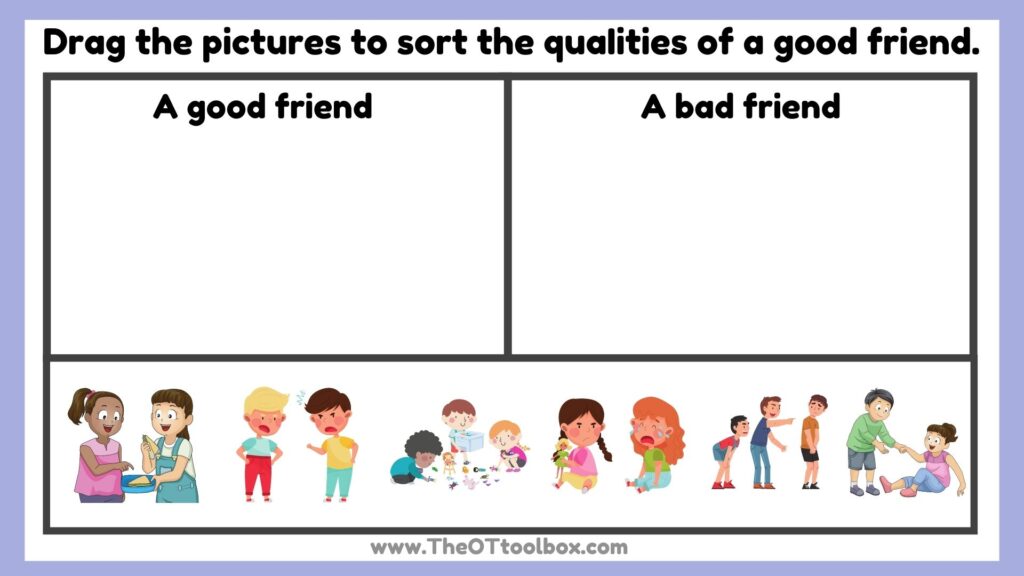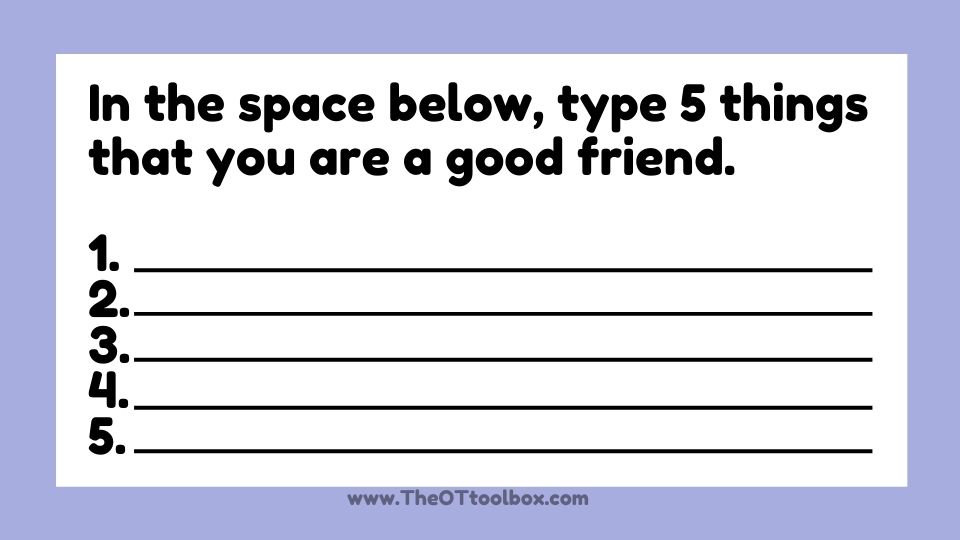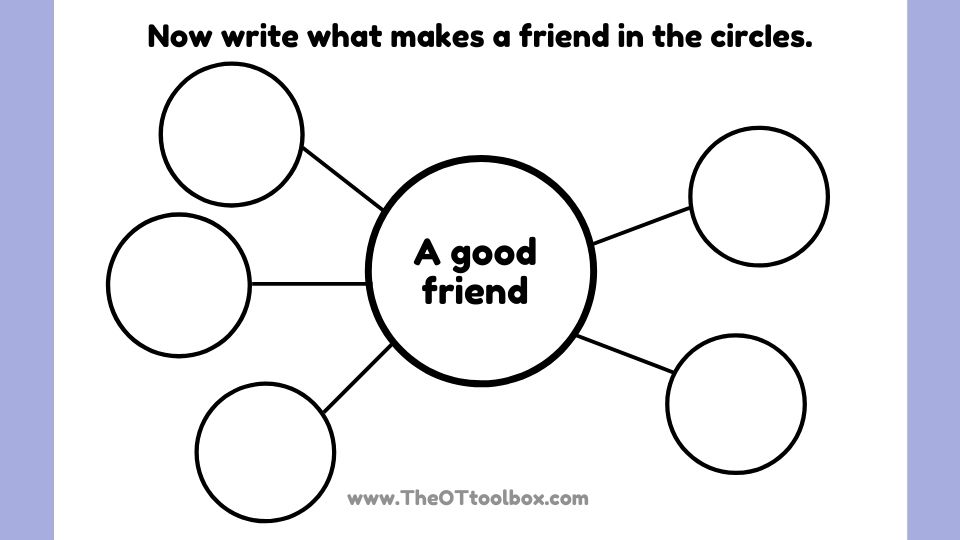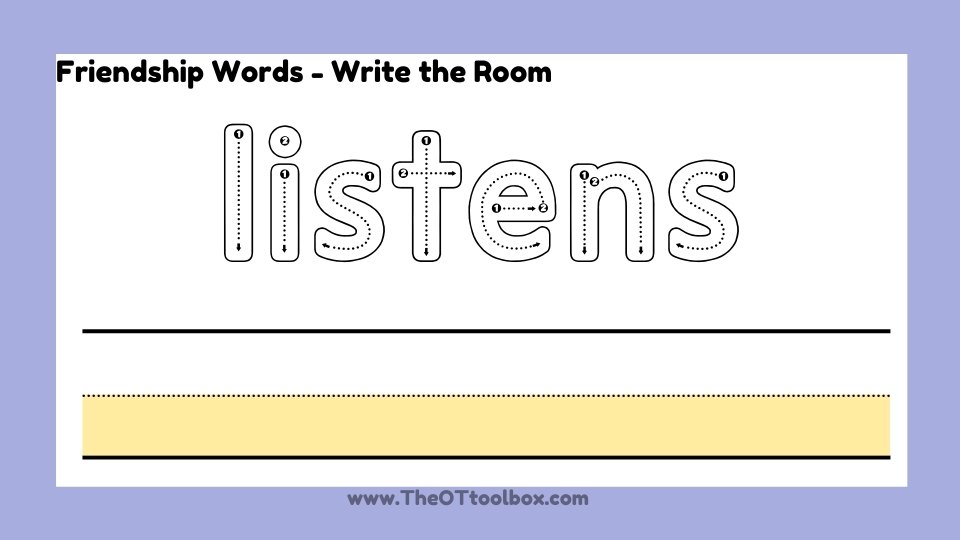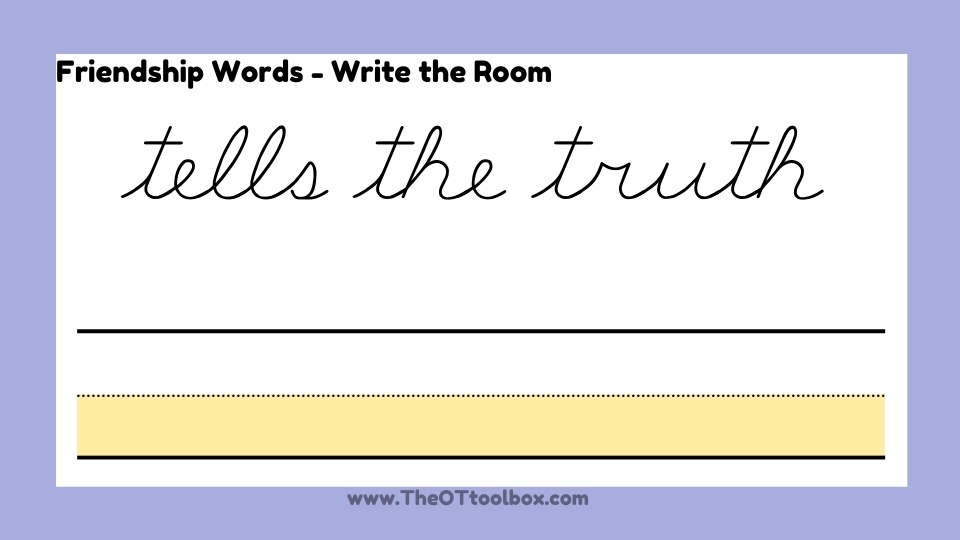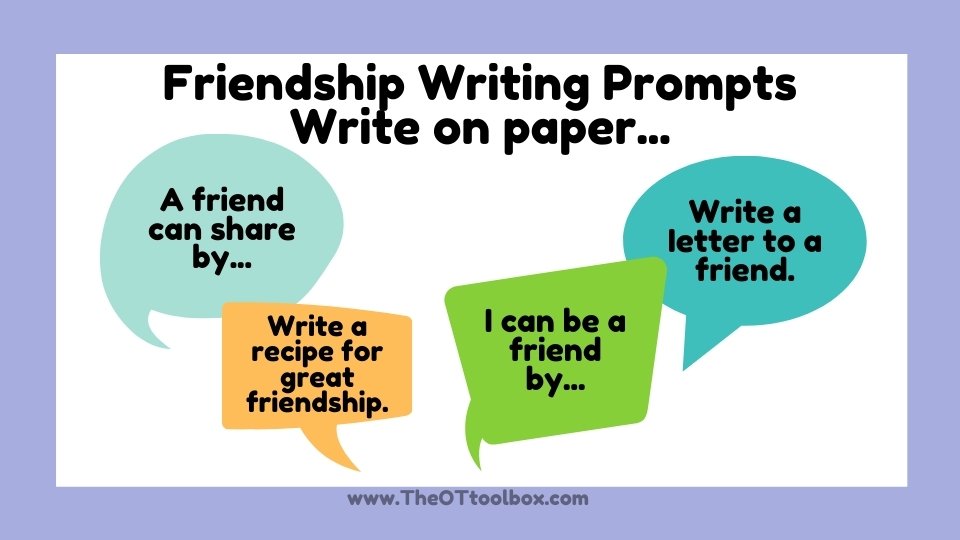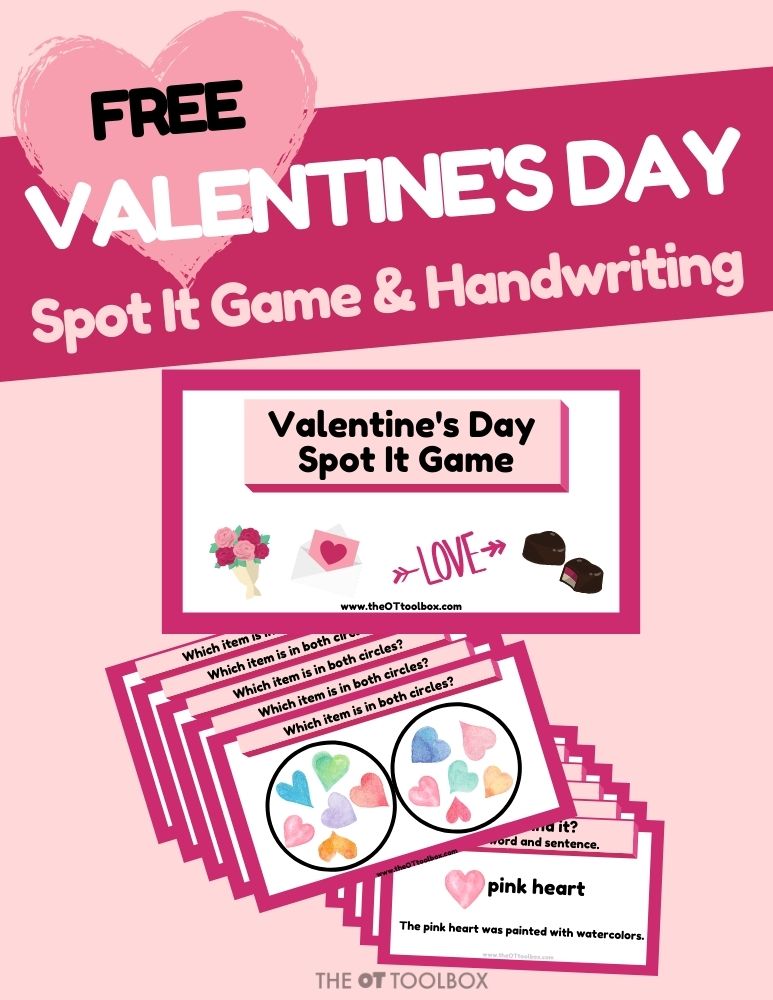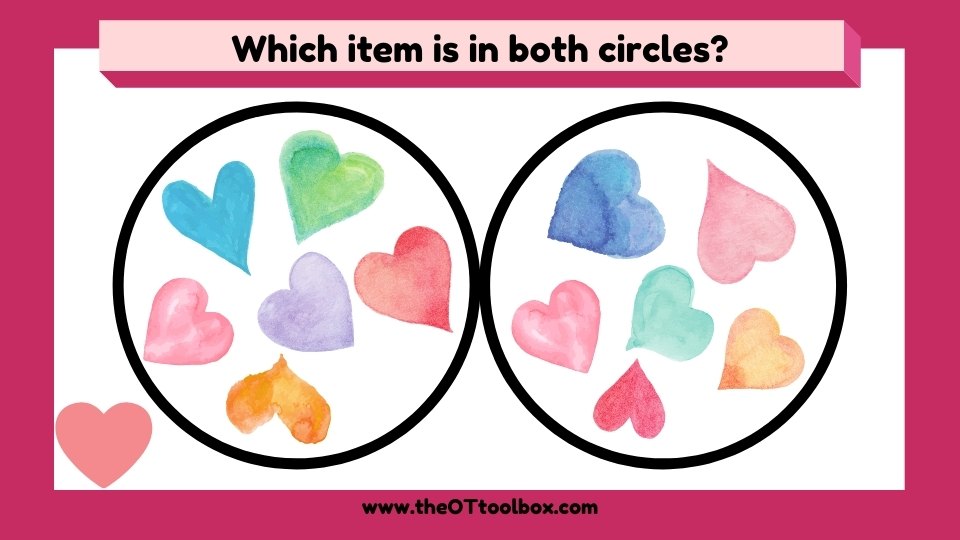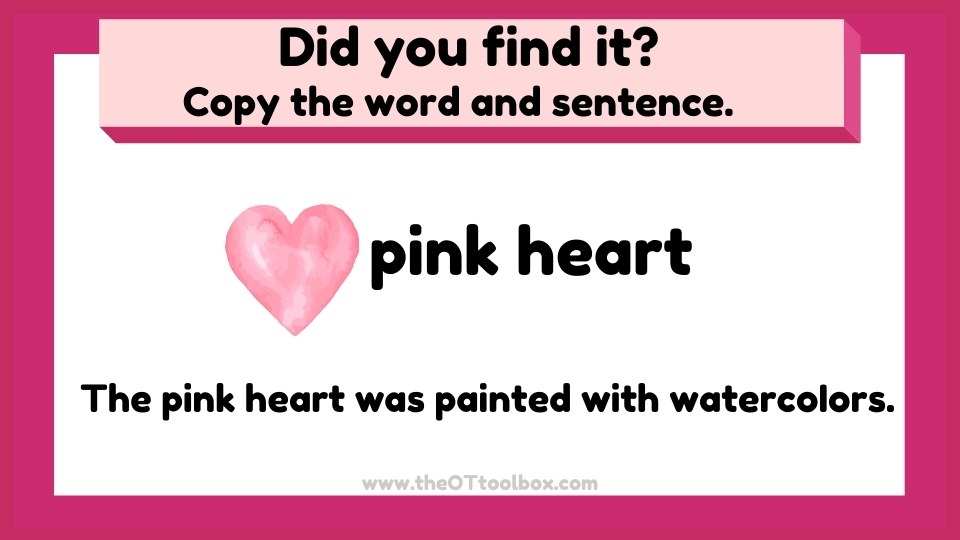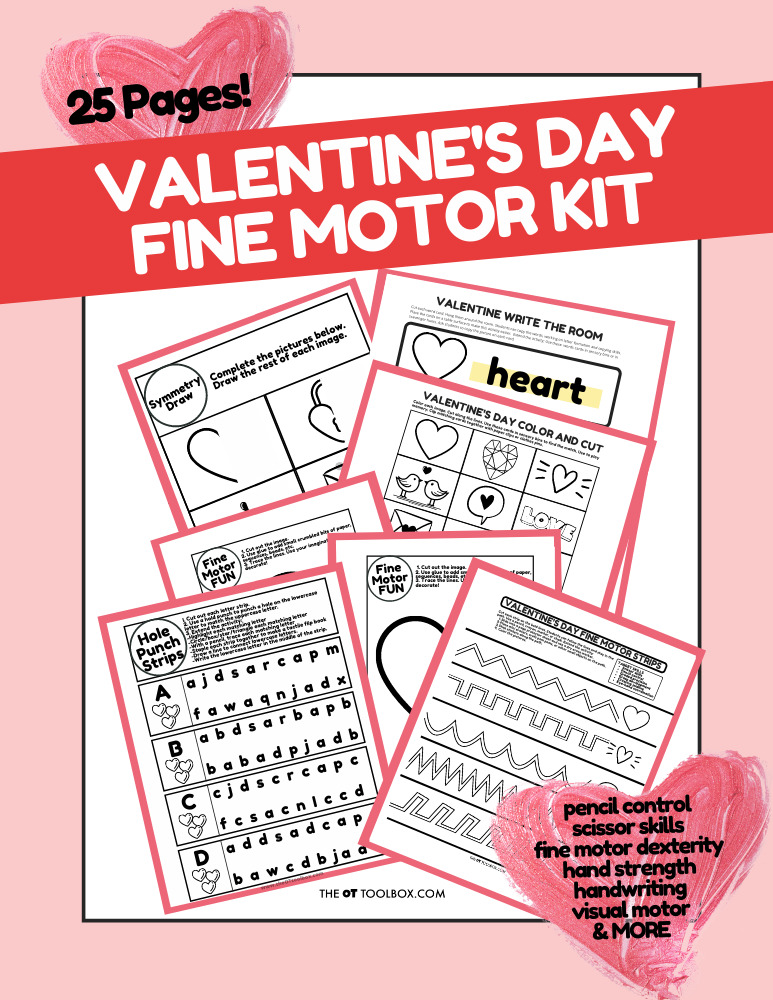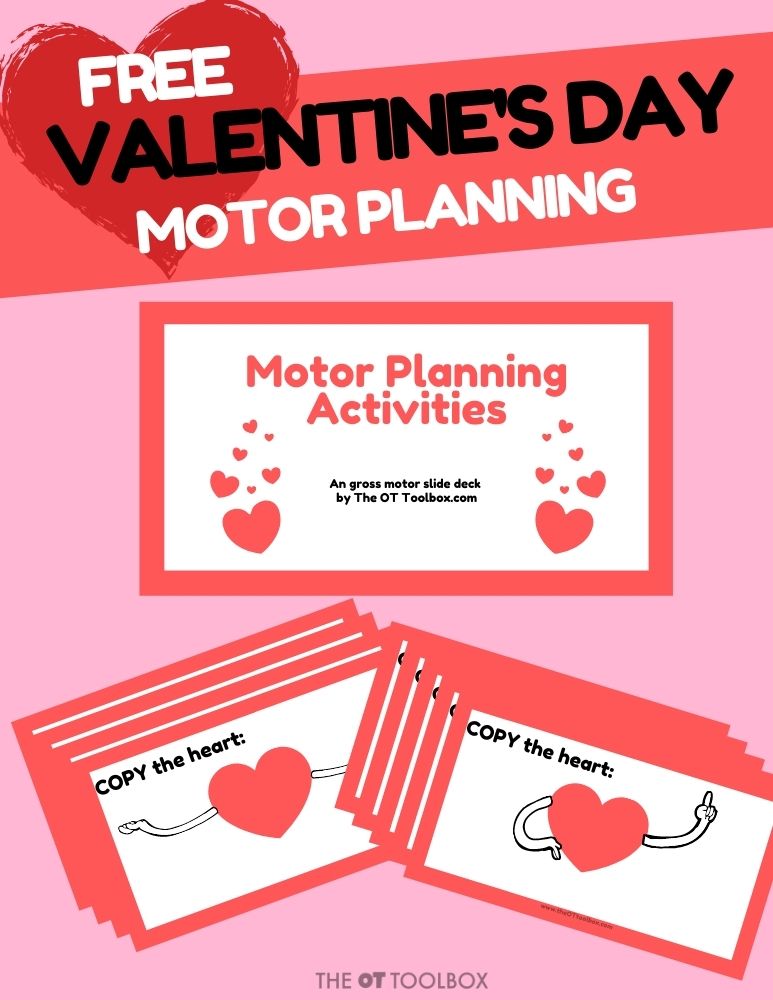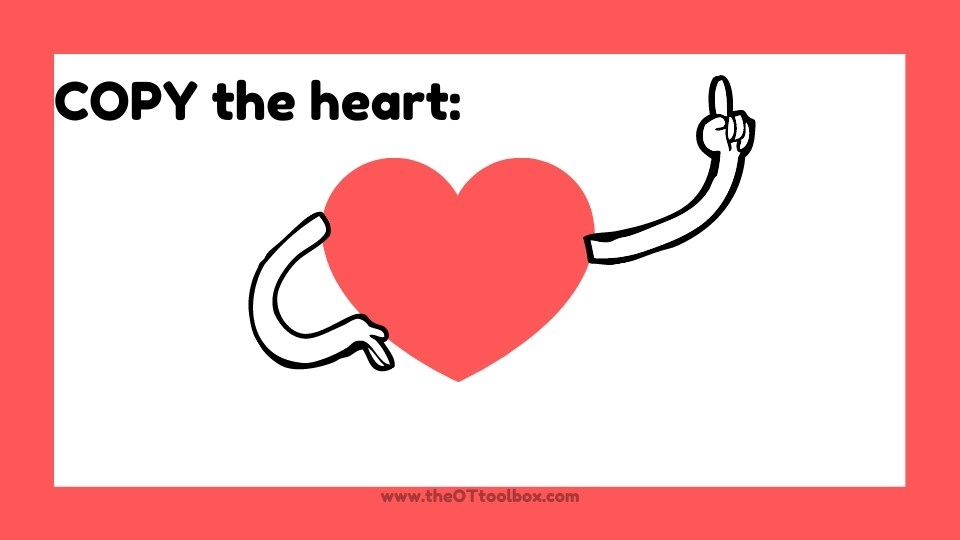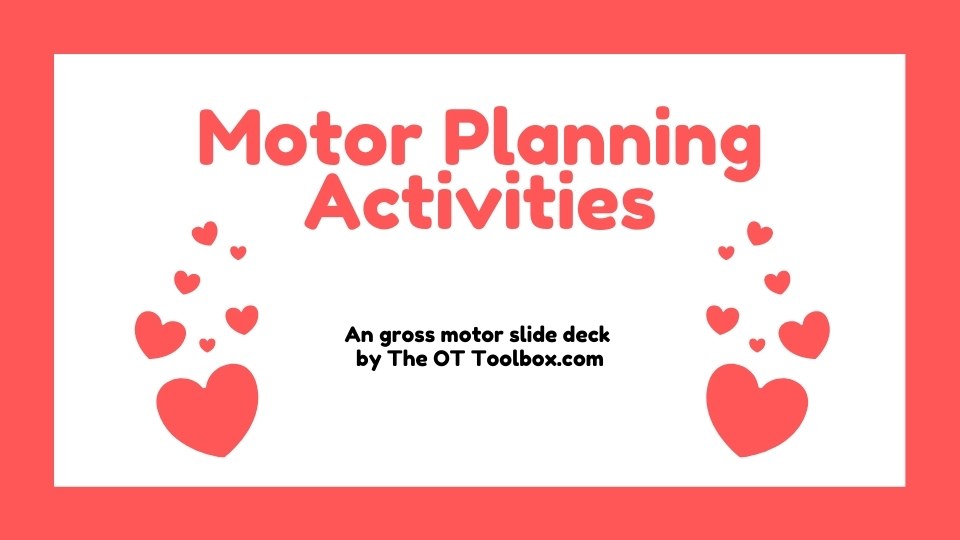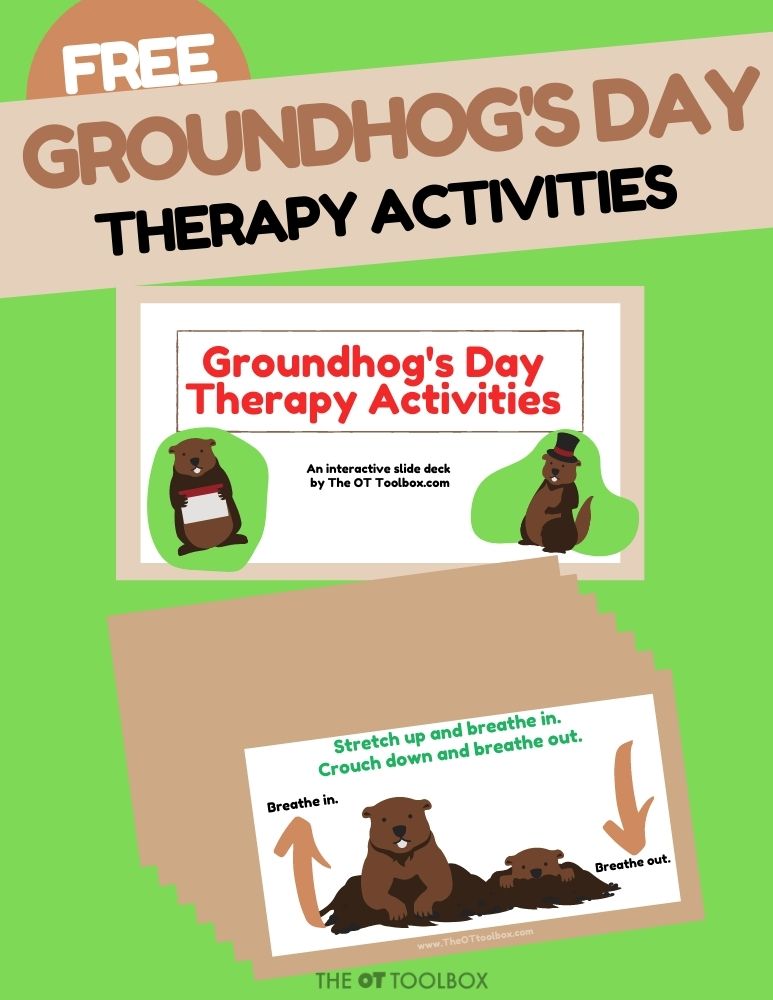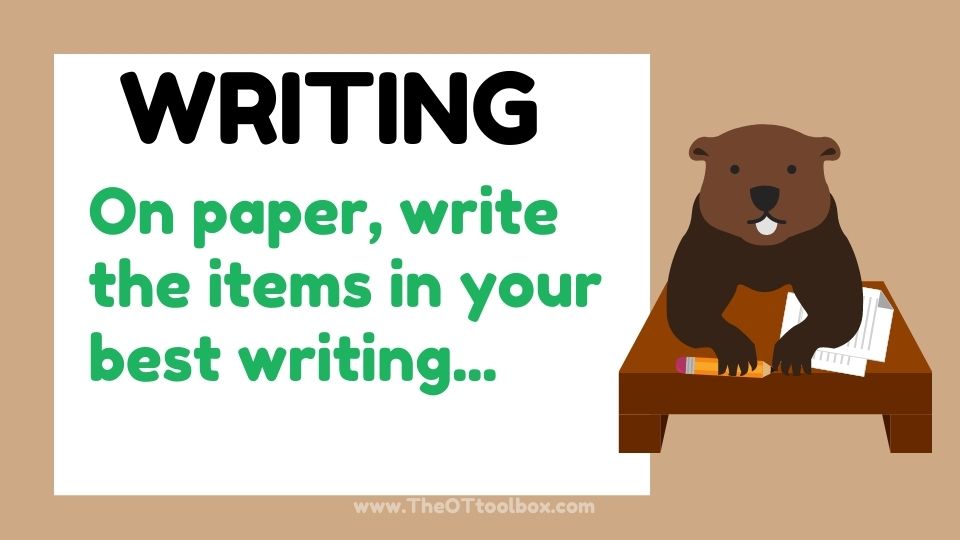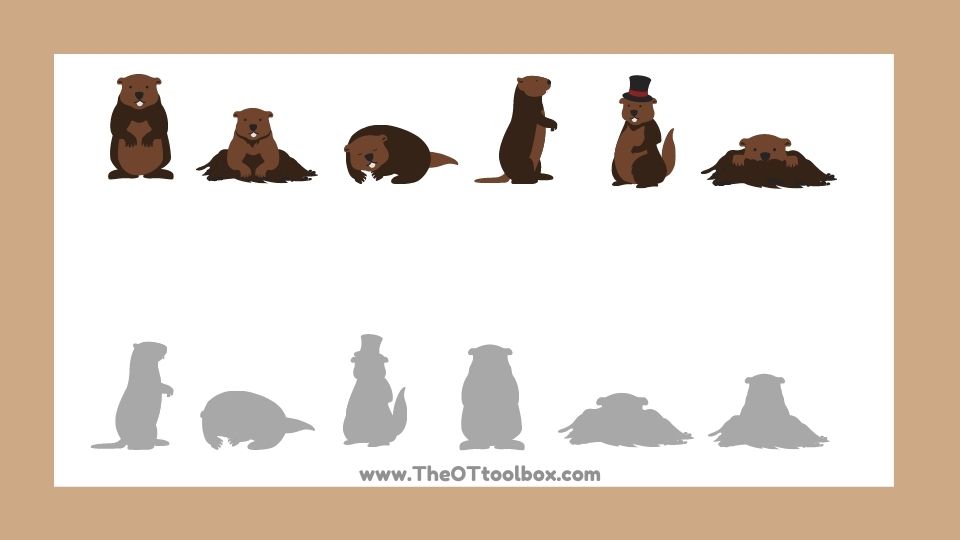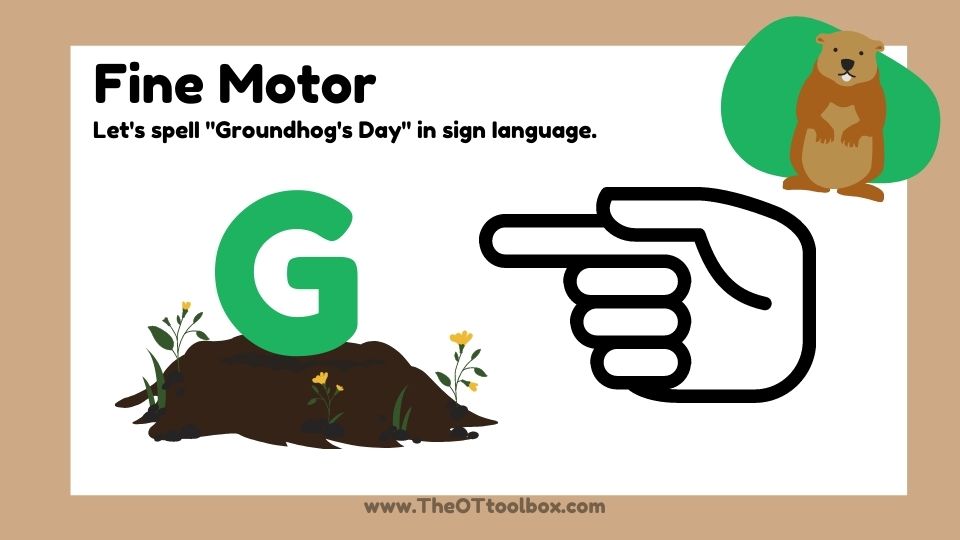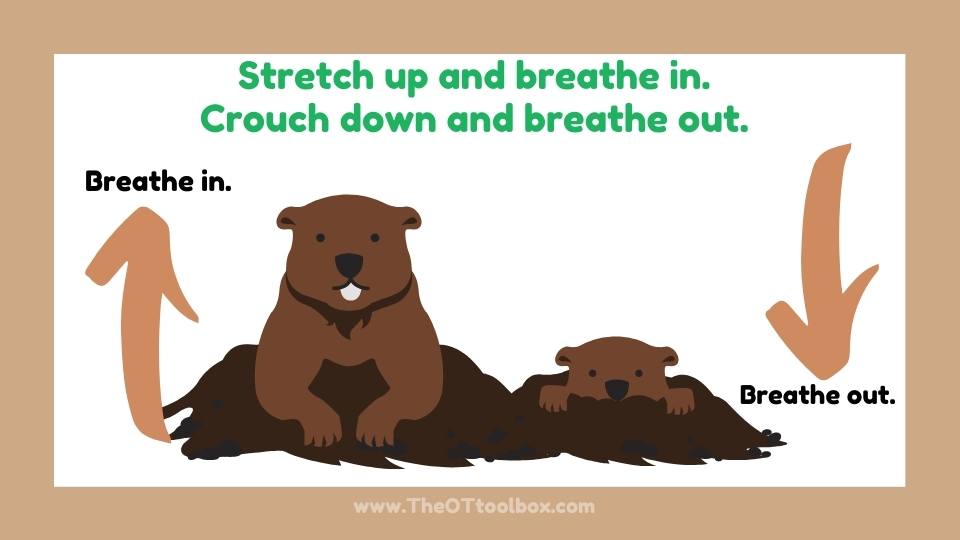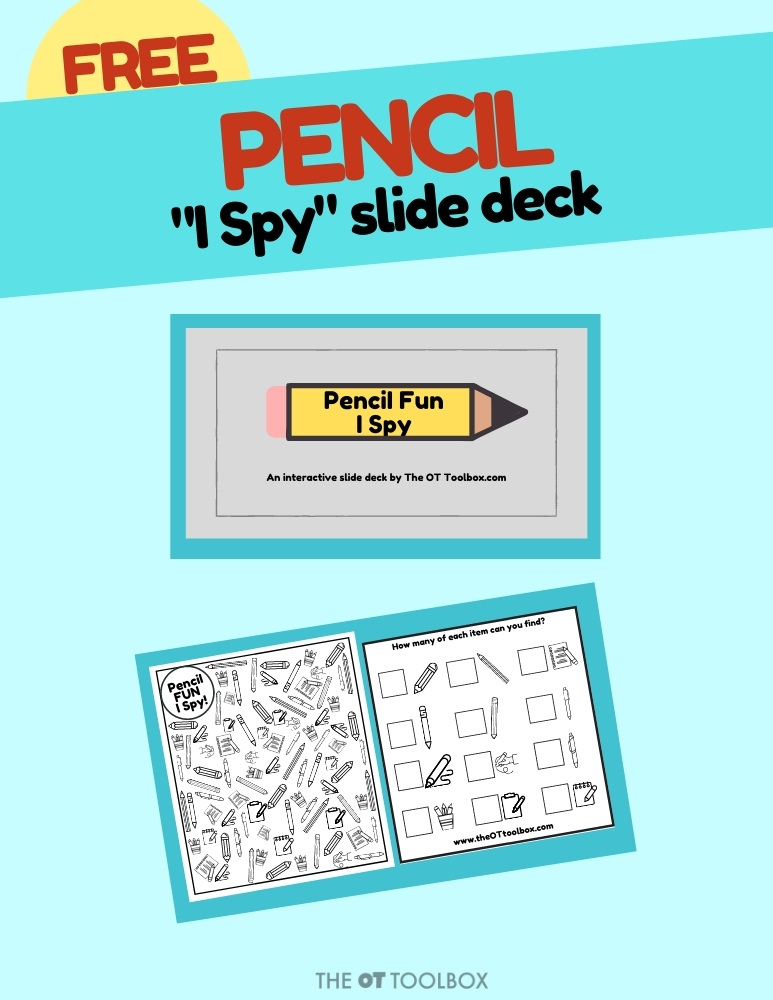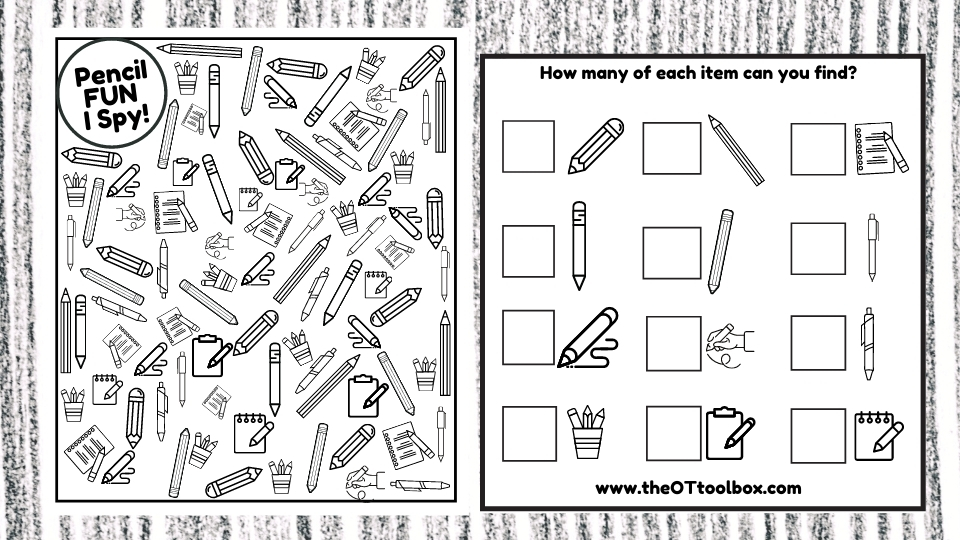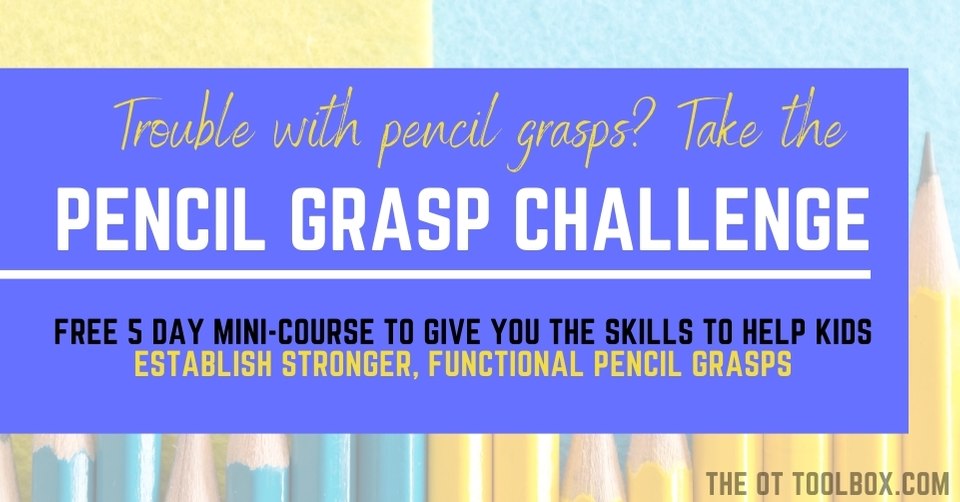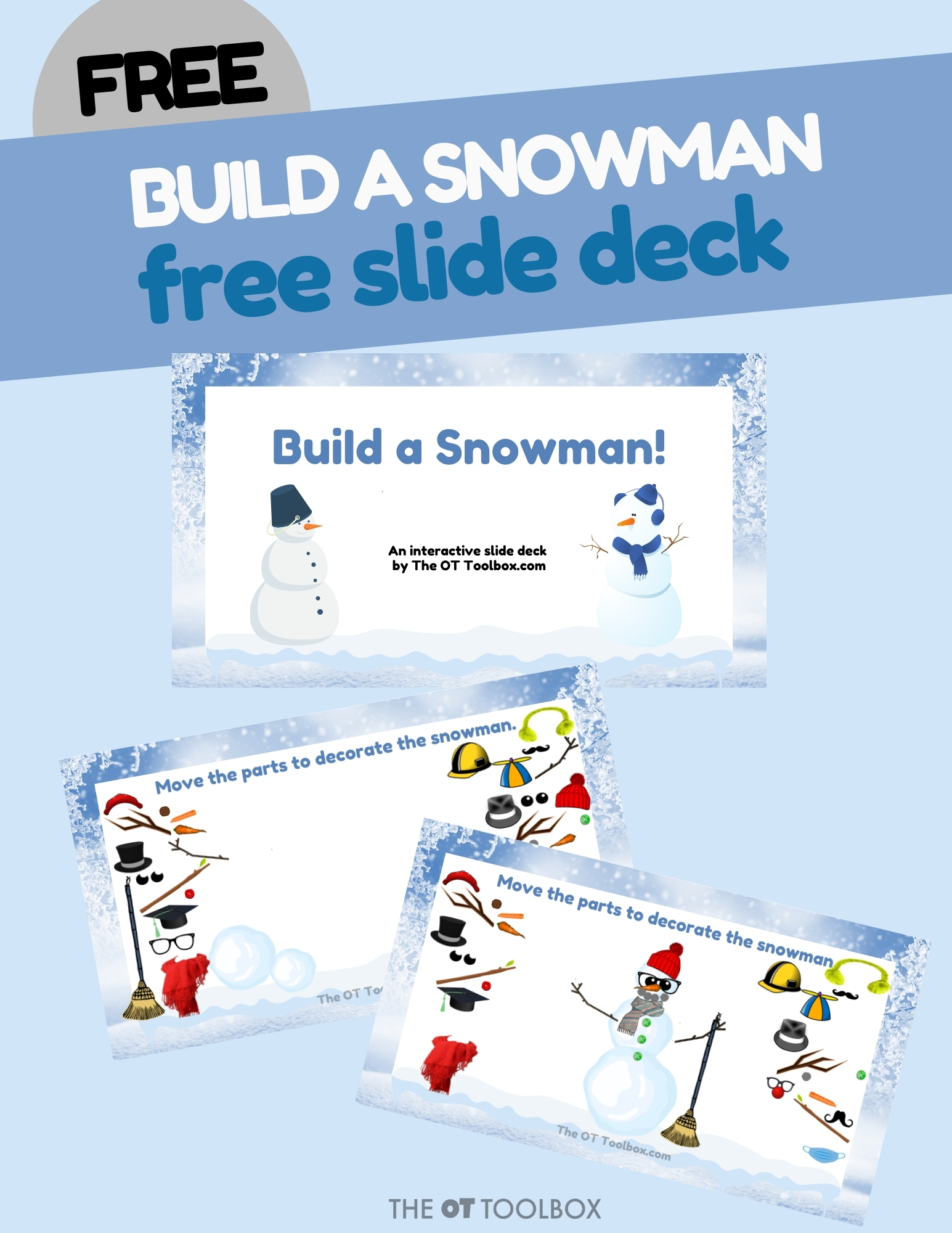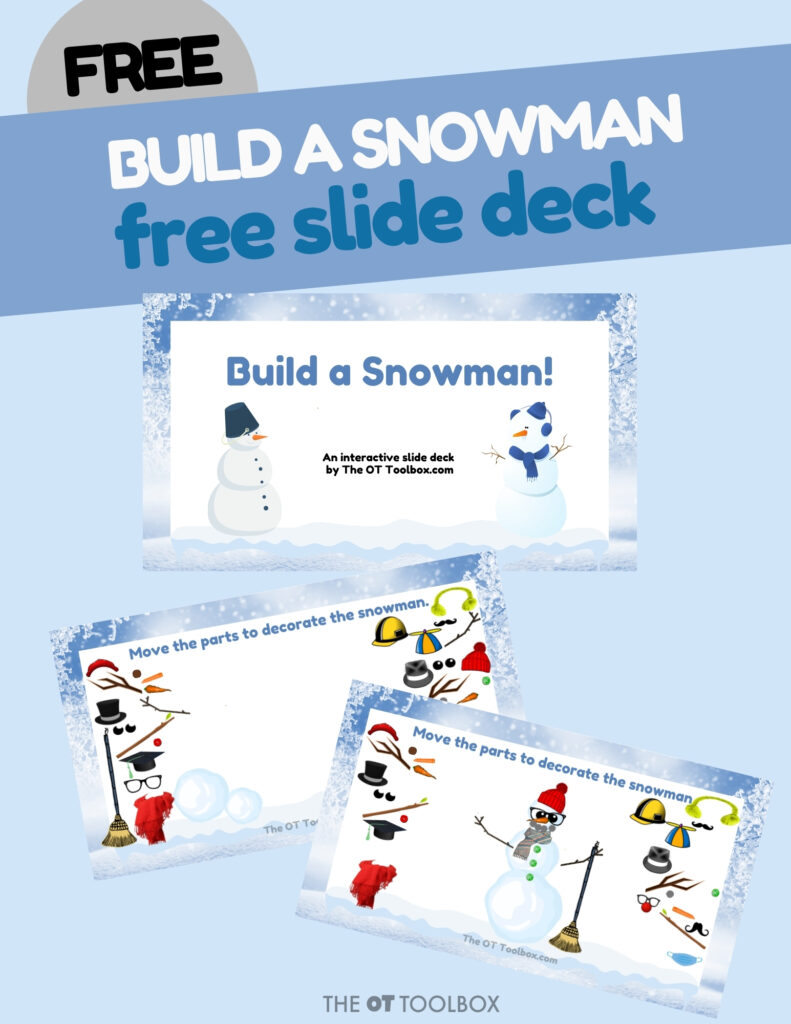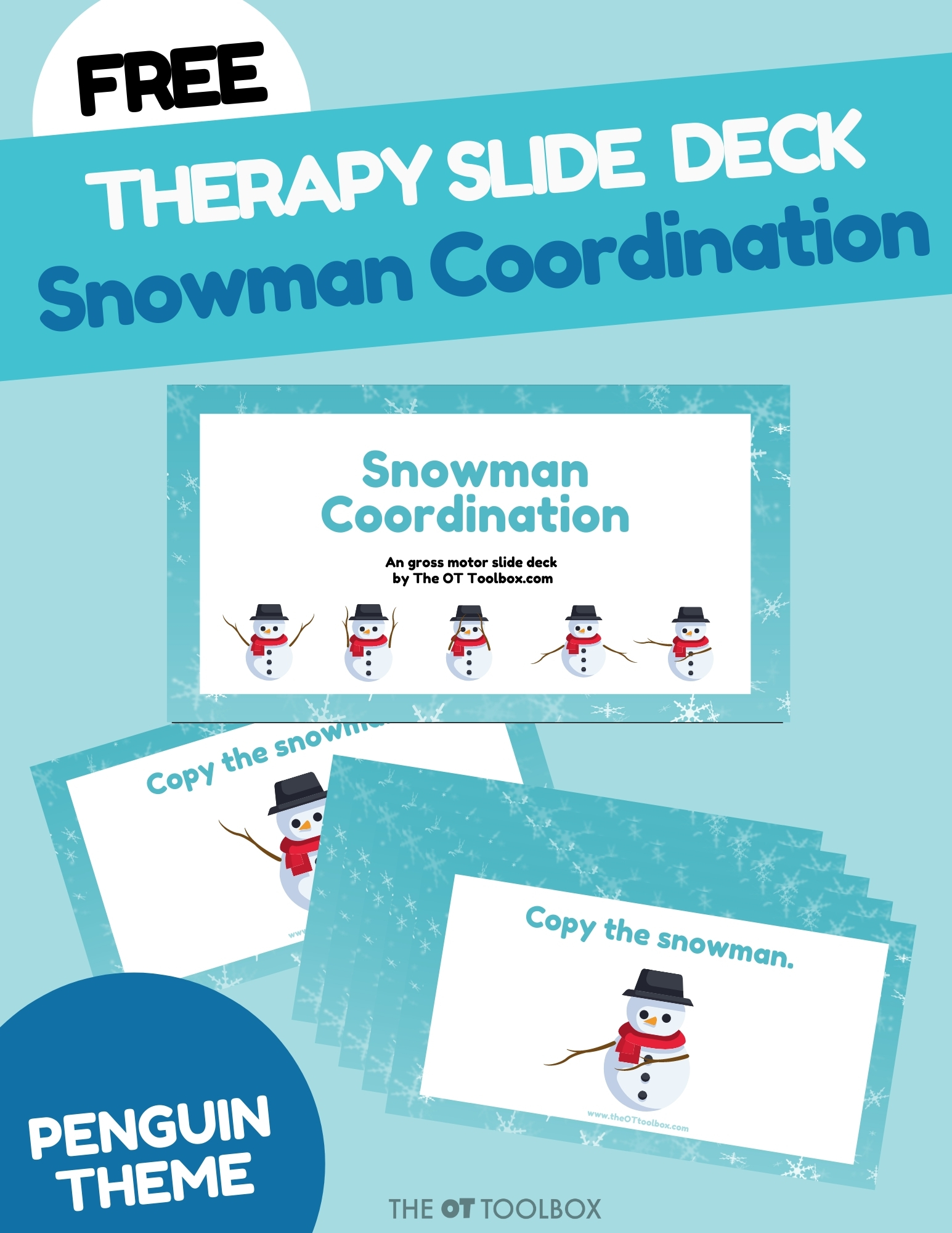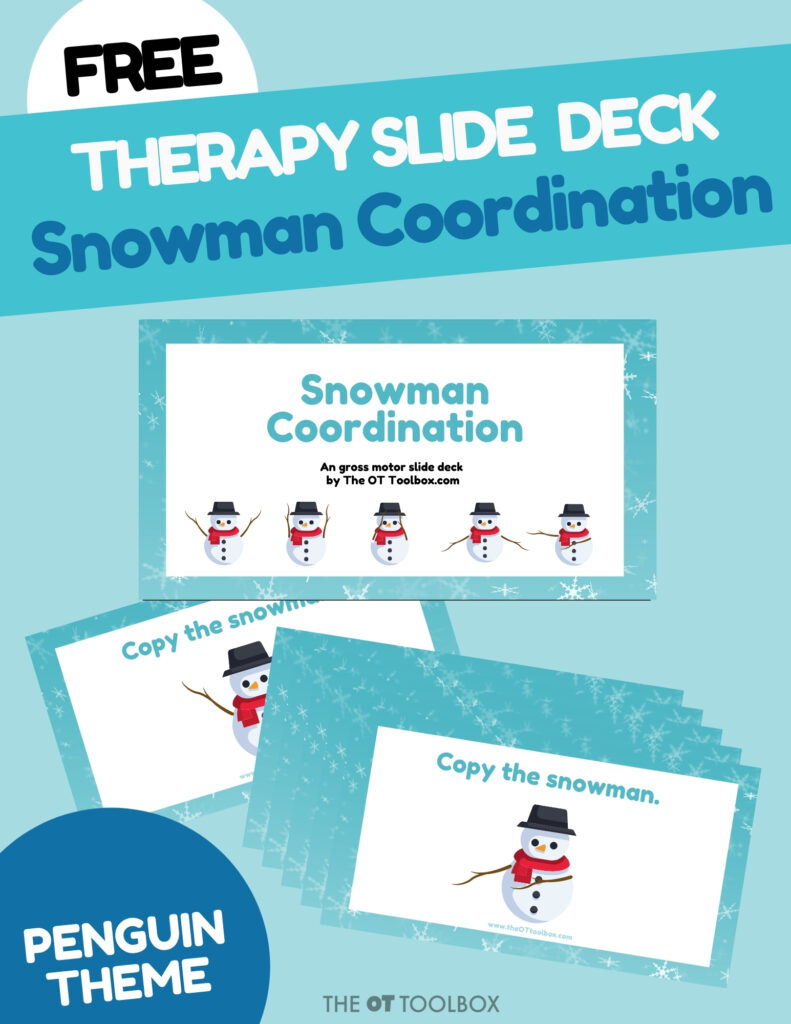Today, I have another free Google slide deck to share with you. This one is perfect for writing about friendship. In this teletherapy occupational therapy activity, kids can explore social emotional learning while working on handwriting skills. Kids can use this slide deck to write about the qualities of a friend, and use the friendship words and friendship writing prompts for developing social skills that is important for making friends. Also try this friendship skills for personal space and body awareness slide deck.
Writing about Friendship
I have had this friendship activity on my mind for a while now. After noting the lack of social interaction that we’ve been seeing in kids more this past year, I’ve had this friendship writing activity planned as a tool to support kids’ social emotional needs.
We know the power that socialization has on child development, mood, and
When it comes to hybrid learning, virtual classrooms, and online activities and social events, kids are losing out on the social aspect of sports and activities that they have had in the past. This lack of face-to-face interaction impacts a child’s ability to make friends.
And, children that struggle with social-emotional development are impacted by the added complexity of seeing face masks on faces. They can’t get social cues like smiles or other facial expressions that are a sign of a friend.
To help children better understand facial expressions and emotional learning skills, grab this facial expressions worksheet.
Additionally, children that are in virtual learning situations and those in hybrid classes are seeing all or half of their peers virtually. This isolation can potentially impact a child’s social participation, and may be especially impactful for children with social, emotional, or communication challenges.
Participation in virtual classrooms and activities limits social participation in a way that limits the opportunities to make friends and nurture friendship relationships.
Children who struggle with social skills or social participation in a typical school setting can have a difficult time with making friends.
Even more to consider is the impact that this past year has had on a child’s perspective of interacting with others socially. One study took a look at children’s perspectives as a result of this year’s events.
The study also noted that children expressed concern, anxiety, and worry about leaving their home after being on a lockdown mode. Because, here’s the thing: staying at home is safe, right? It’s where kids are protected. Staying home and interacting with others virtually has a sense of security.
But, when kids are asked to leave the home, we are starting to see an emergence fear of going outside. There can be a fear of interacting with others.
And that’s where an issue with making friends could come into play that REALLY impacts our kids down the line.
It’s really interesting when you think about it.
Because of the need for virtual interaction, kids are bored, angry, overwhelmed, tired, and lonely because they have to stay at home without being able to go out. Because there are so many unknowns related to the current situation, it’s hard to identify specific strategies to help kids struggling.
But, there are options to assist with social and emotional supports. There are tools for mental health supports.
attention must also be paid to the emotions of fear, worry, guilt, loneliness, boredom, and anger, with an emphasis on strengthening resilience and offering psychological support to parents and children, a point that has already been emphasized by a number of scholars during this crisis (Coyne et al., 2020)
One thing that has been determined that we need to do for sure is to foster children’s resilience.
Resilience refers to specific personal attributes that help children manage disappointments and even traumas to a point. In part, resilience involves emotional regulation and social emotional development.
One specific way to foster resilience and social emotional development is through the discussion of friendships, specifically relationships that may be missing as a result of needing to work and learn online and in virutal settings.
That’s where this writing about friendship activity comes into play. Use the interactive slide deck and Jamboard activity to drive discussion on friendships and offer a source of discussion points for building friendships during this strange time.
Free Writing About Friendship Slide Deck
In the friendship writing activity slide deck, you’ll see that there are several aspects of friendship that kids can write about and dive into. These handwriting tasks each dive into aspects of social development, making friends, and understanding friendship. The writing activity can even be used as a tool for social supports during a time when kids are not interacting with freinds on a face-to-face basis.
Maybe the slide deck is a starting point for coming up with ways to interact with friends virtually. Or, kids can explore how they can maintain friendships even when they do not see their friends for a while. This is all part of resilience that we can help to foster in kids.
Sort the qualities of a good friend
The first part of this slide deck is two slides that allow kids to sort aspects of good friends from qualities of “could be better” friends. The slide deck is interactive when it’s used on edit mode of Google drive, so kids can actually slide the images into the correct category.
Identify ways you are a good friend
Users can then identify ways that they are good friends to others. This is a place where users can type in their responses, making the ways to be a friend very open-ended.
This is a nice space to identify novel ways of maintiaing friendship during a time where virtual interactions are necessary. How can kids interact and maintain friendships with others when there is not face-to-face school or activities?
Children can use this space to identify aspects of friendship that can be maintained virtually or from a distance.
Kids can work on typing skills here. Or, take the writing piece off the computer and ask that children work on handwriting on paper. Focus on letter formation, letter size, margin use, etc.
Friendship mind map
The next slides ask kids to copy onto paper, a mind map. We covered drawing mind maps here as a specific strategy for this skill. This is a great visual motor activity as they see the image and break it apart into pieces so that they can copy the shapes. Work on visual motor integration and ensure the child doesn’t miss any pieces, overlap lines, and copies all aspects of the mind map. This is a great way to work on the skills needed for reading and writing.
Then, on their own friendship mind map, kids can write qualities of a friend. This visual exploration turns friendship into a picture as kids brain dump various aspects of social friendships.
Friendship words handwriting activity
The next slides on the deck are spaces where kids can copy various friendship words. This part of the friendship writing activity can meet various needs.
Children can work on copying words with accuracy, and correct letter formation, without omitting or adding letters. This is an exercise in visual perceptual skills.
Kids can work on letter formation as they write the letters on their paper. I’ve included directional arrows for proper letter formation.
There are slides with cursive writing, too, for older children working on their cursive handwriting.
And, finally, there is a visual cue of lined writing space with highlighted portions for smaller letters. In these spaces, kids can type right onto the slide to copy the friendship terms.
AND, maybe my favorite part, is that when you access this free deck, you’ll also get access to the JAMBOARD version, so kids can “write” right on the screen using a fingertip, stylus, or mouse. Then, they can write the words on the lines with they highlighted spaces. Therapists, teachers, or parents could also use the lined spaces to correct or star good use of the lines.
Friendship writing prompts
The next aspect of the slide deck is a writing prompt. Kids can use the writing prompts to write sentences or a paragraph onto paper to further extend the activity.
Free Friendship Activity Slide Deck
Want access to this free Google slide deck?
You can get access to this free slide deck and JAMBOARD by entering your email into the form below. This is necessary to deliver the PDF containing a link to the slide deck to your Google Drive. Save the PDF because you can add it to your toolbox for future use.
Save that PDF file, because you can come back to it again and again and send it to the kids on your caseload (or classroom) so they can make their own copy on their Google drive.
Be sure to make a copy of this slide deck and not change the url to indicate “edit” at the end. When you make a copy of the slide deck onto your Google drive, you will end up with your own version that you are free to adjust in order to meet your student’s needs. By changing the url to “edit”, you can potentially mess up the original version that many other therapists and The OT Toolbox users are given.
More Social Emotional Learning Resources
Want to help kids explore social and emotional learning through play? Exploring Books Through Play inspires social and emotional development though play based on children’s books. The specifically chosen books explore concepts such as differences, acceptance, empathy, and friendship.
Exploring Books Through Play: 50 Activities Based on Books About Friendship, Acceptance and Empathy is filled with hands-on activities rooted in interactive, hands-on, sensory play that focus on creating a well-rounded early childhood education supporting growth in literacy, mathematics, science, emotional and social development, artistic expression, sensory exploration, gross motor development and fine motor skills. Kids can explore books while building specific skills in therapy sessions, as part of home programs, or in the home.
Click here to explore acceptance, empathy, and friendship through play.
Coyne, L. W., Gould, E. R., Grimaldi, M., Wilson, K. G., Baffuto, G., and Biglan, A. (2020). First things first: parent psychological flexibility and self-compassion during COVID-19. Behav. Anal. Pract. 6, 1–7. doi: 10.1007/s40617-020-00435-w
